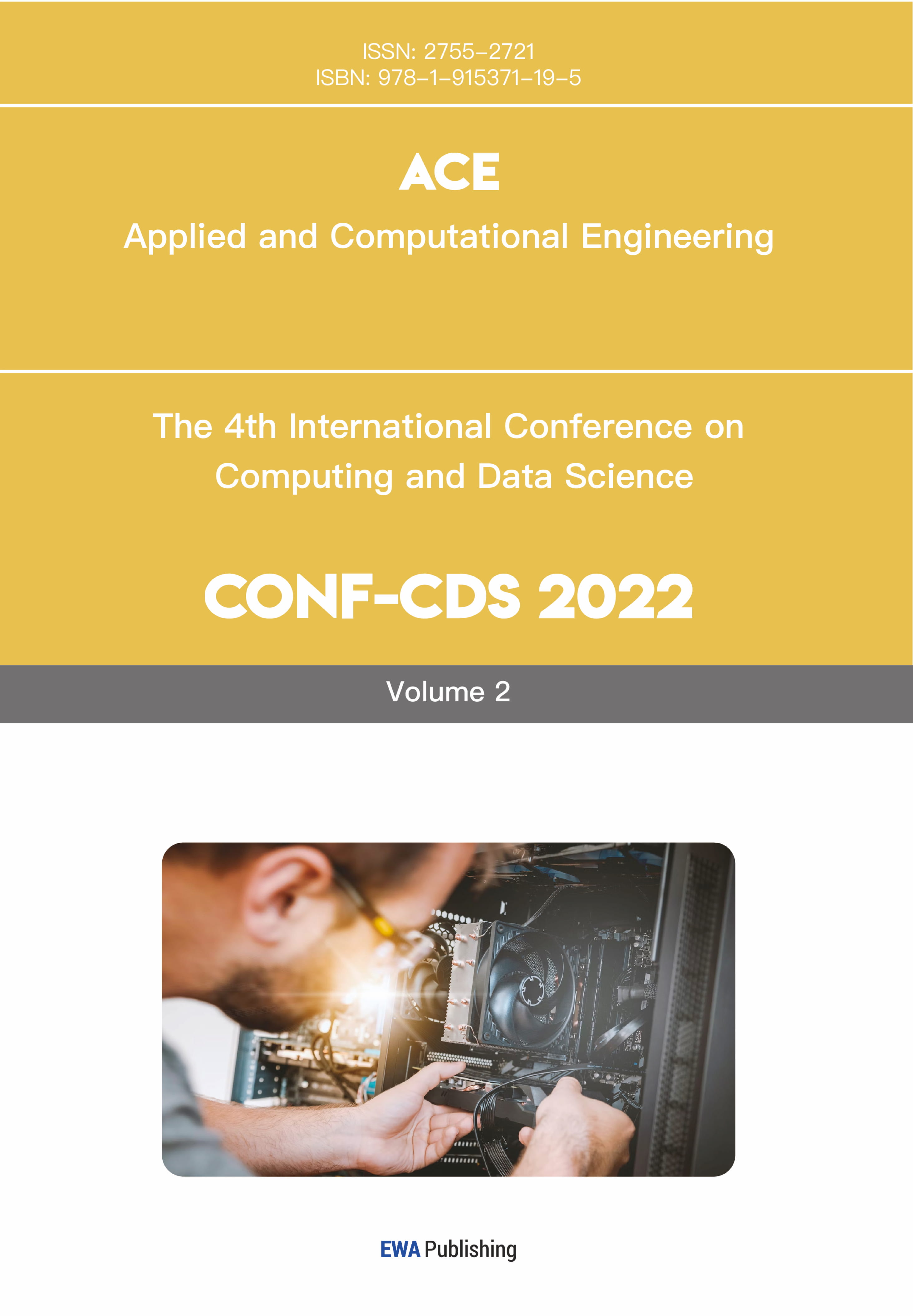References
[1]. Elhosary E, Moselhi O. (2025) Evaluating Natural Language Processing Algorithms for Improved Hazard and Operability Analysis. Geodata and AI, 4, 100026.
[2]. Zixuan Xiao, Jun. (2025) LLM agent framework for intelligent change analysis in urban environment using remote sensing imagery.Automation in Construction, 177, 106341.
[3]. Maharani A D, Utaminingrum F, Husnina N N D, et al. (2025) A review: Lightweight architecture model in deep learning approach for lung disease identification. Computers in biology and medicine, 194, 110425.
[4]. Fuming, Xu, Jian, Runjiang, Nanjian, et al. (2024) DT-SCNN: dual-threshold spiking convolutional neural network with fewer operations and memory access for edge applications. Frontiers in Computational Neuroscience, 18, 1418115.
[5]. Li Jieyu, Chen Zhi, Chen Lu, Zhu Zichen, Li Hanqi, et al. (2023) DIR: A Large-Scale Dialogue Rewrite Dataset for Cross-Domain Conversational Text-to-SQL. Applied Sciences, 13(4): 2262-2262.
[6]. Bouchiha D, Bouziane A, Doumi N, et al. (2025) Hierarchical Text Classification: Fine-tuned GPT-2 vs BERT-BiLSTM. Applied Computer Systems, 30(1): 40-46.
[7]. Dhillon A S, Torresin A. Advancing Vehicle Diagnostic: Exploring the Application of Large Language Models in the Automotive Industry. Chalmers University of Technology, Gothenburg, Sweden 2024.



